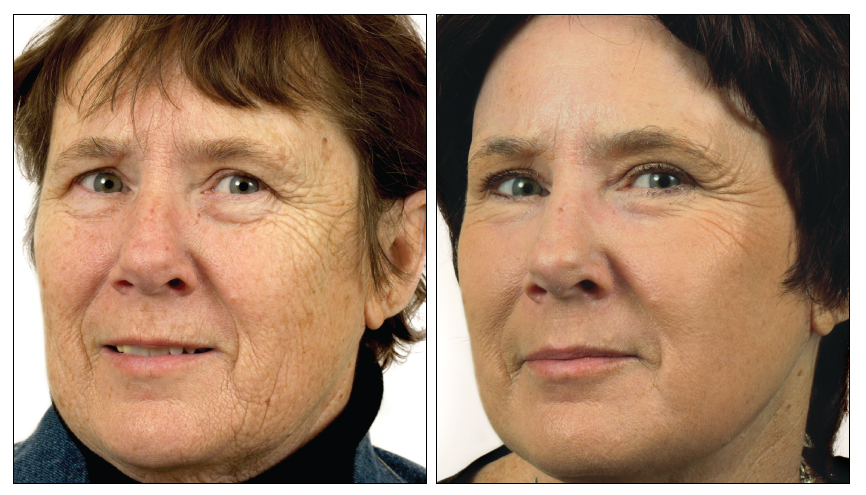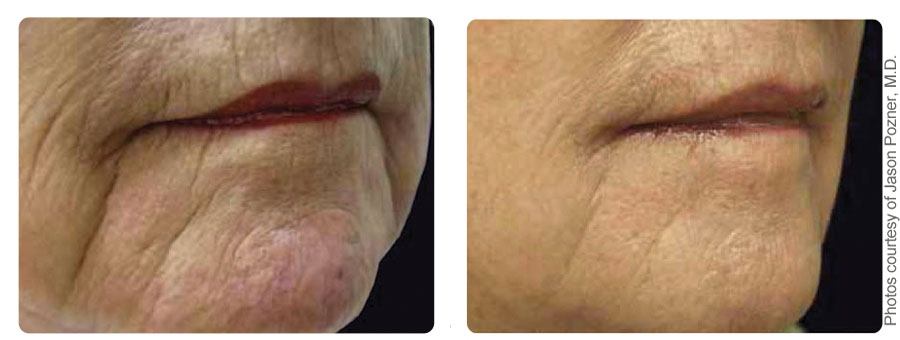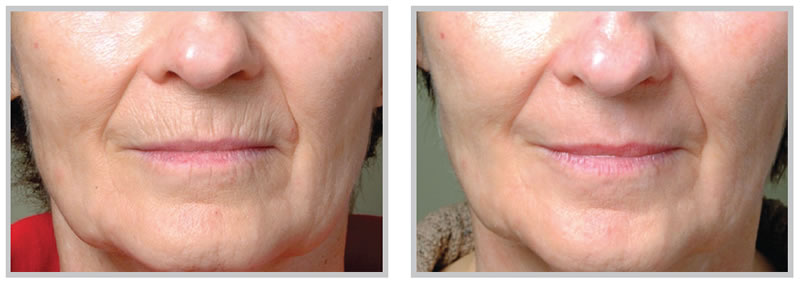
SCITON FRACTIONAL RESURFACING LASER
Click here to download or print our brochure about this treatment: Laser Resurfacing
Individual skin cells are quite short-lived. They form, gradually rise to the surface, and die. Old cells are regularly shed as new ones develop, keeping the skin fresh and healthy. However, as we age this process slows and becomes less efficient. Dead cells accumulate on the surface creating a rough, dry texture. Additionally, problems such as discoloration often persist, because the damage goes deeper than the surface layer that sloughs off.
Mild skin resurfacing removes dead and damaged skin cells, as well as encouraging the formation of new ones. Aggressive procedures actually cause microscopic, controlled “injury” to skin layers. It is not enough injury to cause scarring or harm, but it triggers a healing response that can stimulate collagen development as well as eliminate deep-down damage. This is the strategy behind Laser resurfacing in general.
Over the years, there have been many attempts to improve the quality of the skin by producing controlled injuries to the skin, resulting in improved appearing skin after healing occurred. The original agents used for this were a variety of chemicals that had variable effectiveness. Some produced more dramatic results, while others were less effective. One problem that frequently occurred with peels was that they were highly operator-dependent, and could produce inconsistent results. In addition, the peels had a relatively high incidence of adverse effects, especially the more aggressive peels.


Prior to the advent of clincal Lasers, skin resurfacing was also done by “sanding down” the skin using a wire brush or a diamond-coated wheel. This dermabrasion was technically demanding and had a significant risk of side effects, such as scarring, or incomplete resolution of the wrinkles. When the CO2 laser was developed, it replaced dermabrasion because it was easier to perform and safer. However, there were still long healing times and sometimes permanent lightening of the skin.To reduce these problems there has been a move, over the years, to try to obtain similar results in a safer and more reproducible fashion. Lasers were the obvious solution, and for a number of years the CO2 laser was the best tool that we had. With time, lasers with an even better side-effect profile were developed, and currently the CO2 laser is used infrequently by most physicians.
To further minimize risks, a cooler laser, the Erbium YAG laser was developed. The Sciton laser is the most advanced and sophisticated of these lasers. Its advanced scanner and computerized controls allow precision resurfacing with a much-reduced risk of side effects. The resurfacing mode of the Sciton laser is the most aggressive tool that we currently have for the treatment of fine lines and wrinkles in the face.
Benefits of a single treatment:
- Reduce or eliminate wrinkles
- Markedly improve aged and sun damaged skin
- Improve brown spots and discoloration
- Produce new young collagen
- Reduce the risk of skin cancer
- Tighten skin and improve skin tone
WHAT IS “FRACTIONAL”?
This approach is relatively new in the last few years. A fractional approach means that a fraction (usually 20-40 %) of the skin is treated, but to depths 3 to 5 times deeper than standard techniques. In one square cm of skin there is an average of 2000 microscopic columns of injury using this laser, yet so small that 60-80 % of skin remains undamaged by the laser ene normalrgy. The advantage of this approach is faster healing, quicker recovery and fewer potential complications.
What results can I expect with the Fractional Laser Resurfacing?
Final results should be judged at 6 months since all treatments stimulate collagen production and remodeling. You can expect a visible reduction in the depth and visiblity of your fine lines and wrinkles on your face. Results vary from patient to patient, with some having quite dramatic improvement after just one treatment, and others having less dramatic of an impact.
What are the risks?
- Prolonged redness: The key word here is “prolonged” as redness occurs as a natural response to heat and is to be expected for several weeks or longer, depending on the depth and aggressiveness of your treatment.
- Hypopigmentation: Skin treated with ablative lasers can lose their natural pigment. This is NOT to be confused with the obliteration of dark age spots/sun spots and the natural sun bronzing that occurs with aging. One needs only to look at the sun protected areas (ie, gluteal area) to see the natural color of their skin. However, if true skin pigment is lost, the skin can appear unnaturally light. This was very common with CO2 laser, and also with phenol chemical peels, which is one reason why we no longer utilize it. Erbium has replaced CO2 in our practice. Although hypopigmentation may occur with aggressive Erbium resurfacing, it is much less common and less severe than with previous methods such as CO2. Fractional ablative resurfacing produces extremely rare hypopigmentation.
- Scarring: Scarring may occur with any technology in which heat is produced, such as lasers. This is also very rare, but it is a potential risk.
- Infection: This is rare with laser resurfacing, but it is more common with more aggressive (ie deeper) treatments. The most common infection is actually a viral herpes infection. This virus lays dormant in virtually everyone; a herpetic outbreak can occur with the stress of laser resurfacing. For this reason, all patients undergoing laser resurfacing are given viral prophylaxis medication prior to and for several days after their treatment.
- Post inflammatory hyperpigmentation (PIH): PIH is a condition in which the melanocytes in the dermis increase melanin pigment production in response to inflammation. This occurs more commonly in darker skin types and is most common in Asian and/or Pacific Rim nationalities. This condition is usually self limiting and fades over time, but can be treated with topical medicines or IPL to hasten recovery.


Video: Skin Resurfacing – Sciton
ARE THERE ANY CONDITIONS WHICH WOULD PRECLUDE LASER TREATMENTS?
There are a few contraindications for Fractional Laser Resurfacing. These are:
- Accutane usage within the last year.
- Autoimmune diseases such as Lupus and Scleroderma.
